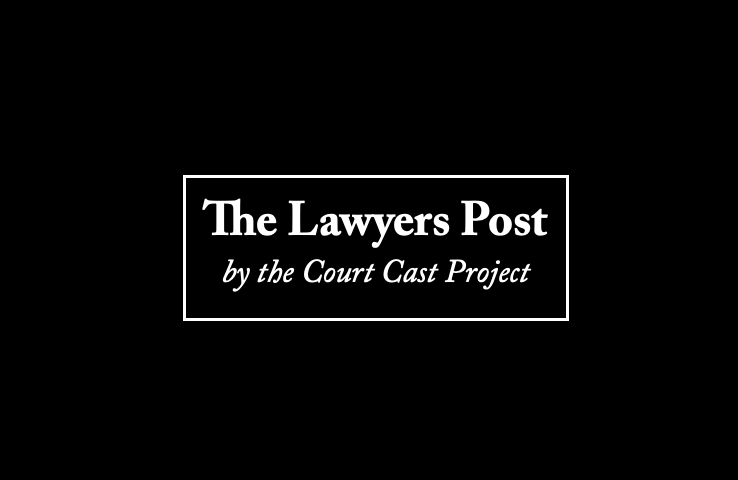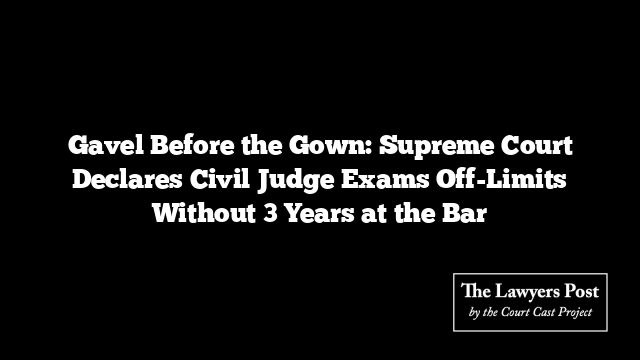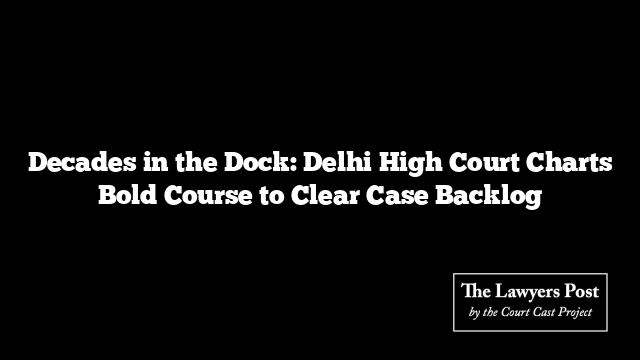A Silent Fix for a Loud Problem
On May 19, 2025, the Supreme Court quietly put out a new circular that’s anything but routine—it breathes life back into a mechanism long missed by court regulars. The update follows a formal nudge from the Supreme Court Advocates-on-Record Association (SCAORA), which had written to freshly appointed Chief Justice B.R. Gavai on May 14, 2025, pressing for a return to the old system of circulating adjournment letters.
For months, advocates found themselves scrambling as the previously scrapped system left little room to inform the Court of legitimate absences. With no formal way to request rescheduling, personal emergencies or scheduling conflicts risked derailing carefully prepared arguments—or worse, clients’ cases.
SCAORA’s Case: The Courtroom Isn’t a Machine
SCAORA’s argument was simple: the courtroom is human. Life happens. Medical emergencies, bereavements, or unavoidable personal matters don’t check the cause list before showing up. Without the adjournment letter mechanism, lawyers and litigants were either forced to engage high-profile backup (with high-profile bills) or risk seeing their matters adjourned by default.
Their letter didn’t just ask for a revival—it also called for a return to order in the way cases are listed, so the sequence of matters is visible on the supplementary list. That way, everyone knows when to show up, and when to take a breath.
The Court’s Response: Structured, but Strict
Here’s how the Supreme Court plans to handle adjournment requests going forward:
- Who Can Apply?
Advocates-on-Record and Parties-in-Person—except in fixed-date or “mentioned” matters. - By When?
11:00 a.m. on the working day before the hearing. - What Must Be Included?
- Prior consent or no objection from the opposing side. No green light, no go.
- A specific reason—vague excuses won’t fly.
- A record of how many adjournments have already been sought.
- What Reasons Are Acceptable?
- Bereavement.
- Serious medical issues.
- Other compelling circumstances that convince the Court.
- How to Submit?
Through email, using a format laid out in Annexure ‘A’ sent to: [email protected]
Why This Matters
For a legal system often bogged down by delays, the last thing it needs is procedural friction that creates more of them. This revised process aims to cut the chaos without opening the floodgates. It’s tight, but not heartless—a small but meaningful reset in the rhythm of India’s top court.





